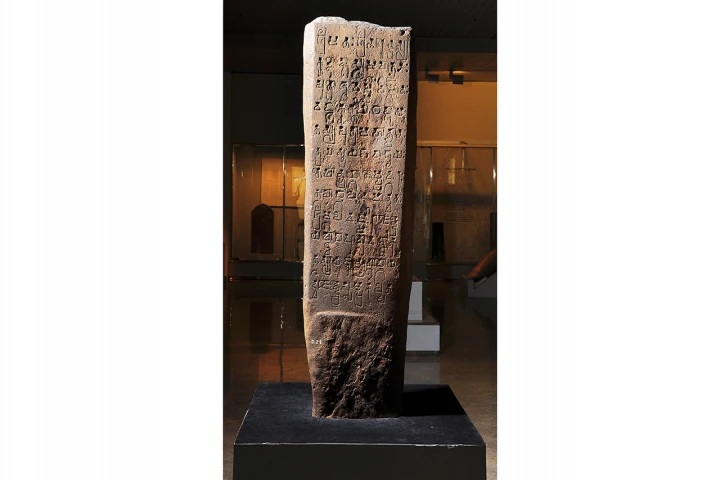The Cross-Culture of Nusa Ambon: The Global Network Encounter in the XVI-XVII Centuries

The Cross-Culture of Nusa Ambon: The Global Network Encounter in the XVI-XVII Centuries
Daya Negri Wijaya[1], Deny Yudo Wahyudi[1], & Siti Zaenatul Umaroh[2]
Email: daya.negri.fis@um.ac.id
Abstrak
Ambon menempati posisi yang strategis dalam lalu lintas perdagangan rempah-rempah baik dari Maluku maupun dari Kepulauan Banda antara abad XVI dan XVII. Kemajuan ekonomi perdagangan telah menarik pedagang dan pelancong asing untuk singgah dan tinggal di Ambon. Mereka saling berinteraksi dan bertukar pengetahuan. Hal ini secara evolusioner telah menciptakan keanekaragaman budaya Ambon. Jika pada abad XV, jaringan budaya Asia (Islam dan China) menyapa maka jaringan budaya Portugis dan Belanda di abad XVII turut mewarnai perkembangan budaya Ambon pada abad selanjutnya. Kajian ini berupaya menjelaskan secara historis pembentukan persilangan budaya, pada seni, sosial, dan ekonomi, di Ambon pada abad XVI-XVII. Kajian ini akan memberi warna baru dalam penelitian sejarah di Ambon, dengan mempertimbangkan bahwa kajian sebelumnya lebih banyak berkutat pada sejarah politik dan ekonomi perdagangan.
Kata kunci: Portugis, Belanda, seni, sosial, ekonomi
Abstract
Ambon stood strategically in the spice trade traffic both from Maluku and Banda Islands between XVI and XVII centuries. The trade economy development had attracted the traders and foreign travelers to transit and stay in Ambon. They interacted and shared knowledge reciprocally. It evolutionary created the cultural diversity of Ambon. If in the XV century the cultural network of Asia (Islam and China) greeted, then the cultural network of Portuguese and Dutch in the XVII enlivened the cultural development of Ambon in the next century. The study tried to historically explain the forming of cross-culture in arts, social, and economy in Ambon in the XVI-XVII centuries. The study will give a new color to the historical research in Ambon by considering that the previous study focused more on the history of politics and the trade economy.
Keywords: Portuguese, Dutch, arts, social, economy
__________
[1]History of Department, State University of Malang
[2]Centre for Strategic and International Studies (CSIS), Jakarta
Editor: Moh. Atqa & Doni Ahmadi
Translator: Dhiani Proboshiwi
Image: Frederik Houtman
This content was created by contributors to Jalur Rempah. The Contributor page is a platform for Jalur Rempah that was specifically initiated for the general public to submit content (in the form of writing, photos and videos) and share their experiences about The Spice Routes. Any content from contributors is the sole responsibility of the contributor.





